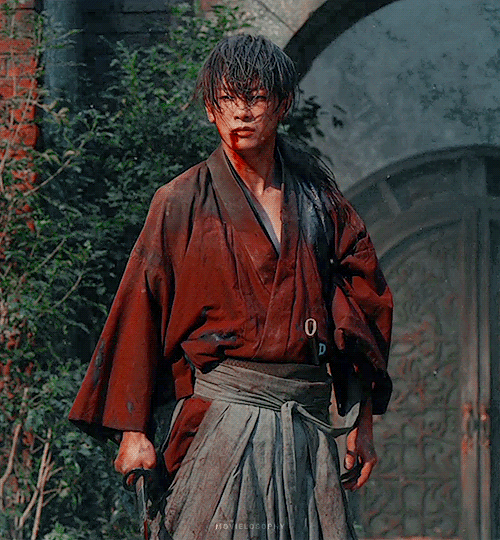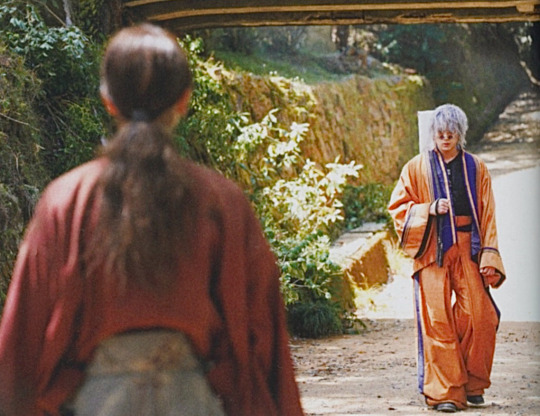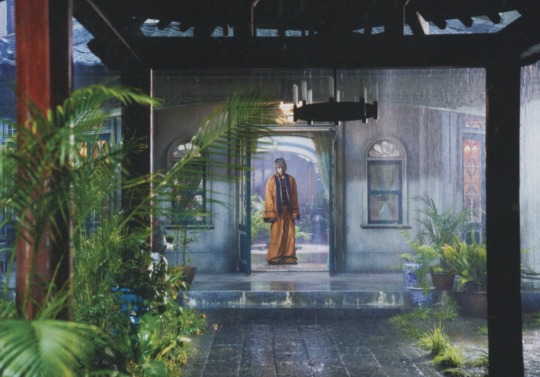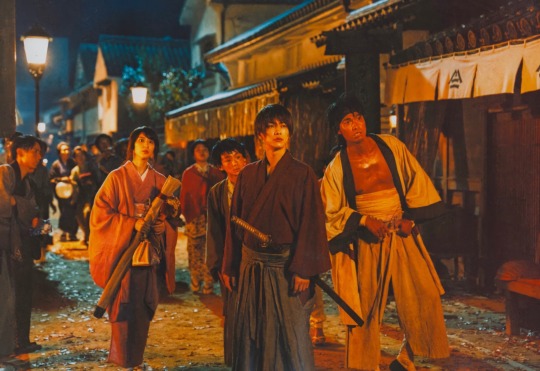Photo

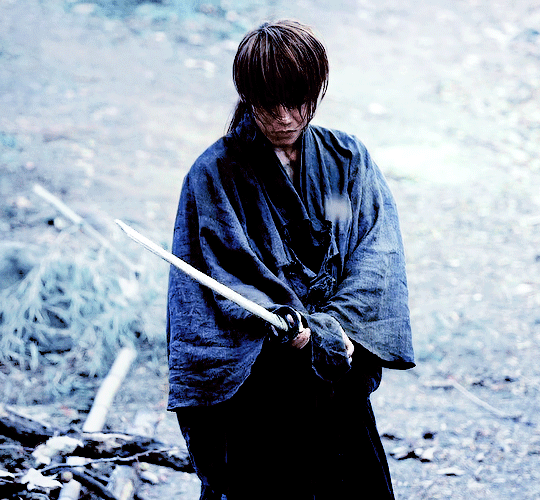
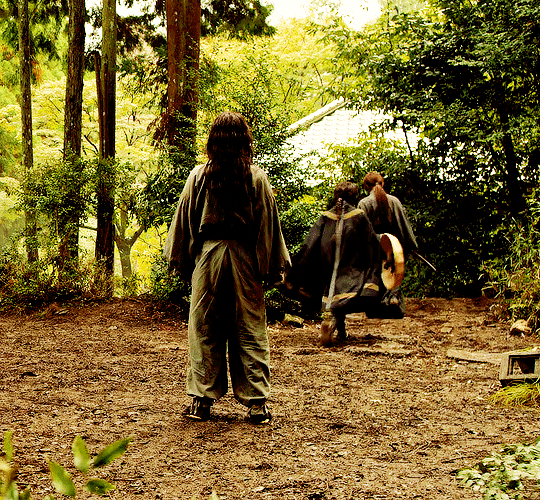
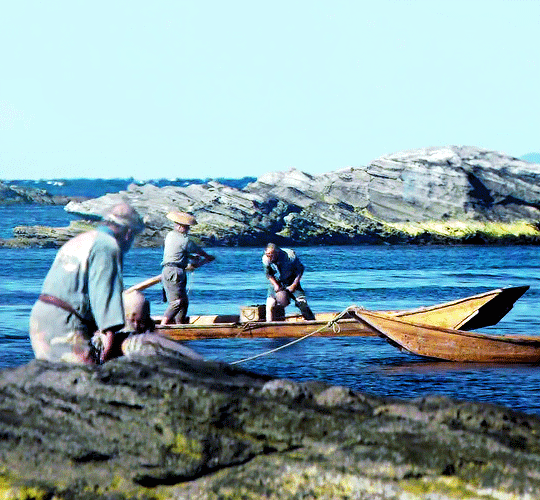



Would you watch over this new age with me?
RUROUNI KENSHIN: The Legend Ends (2014)
372 notes
·
View notes
Photo
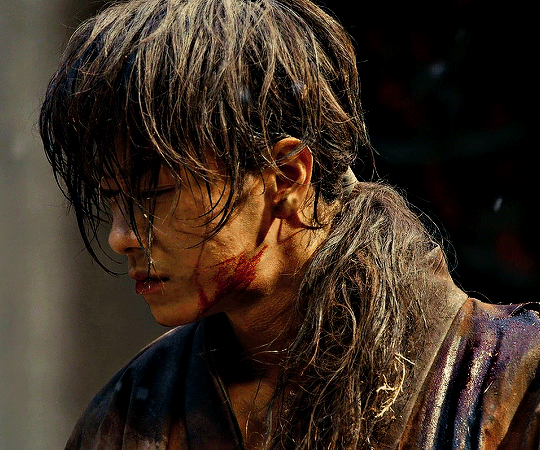








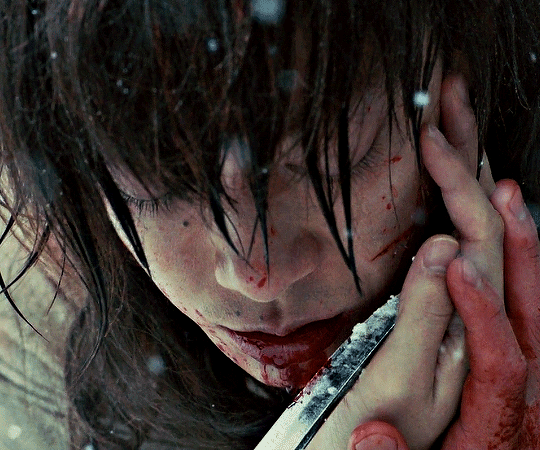
Kenshin Himura + blood
SATOH TAKERU as KENSHIN HIMURA in the RUROUNI KENSHIN FILM SERIES (2012 - 2021)
650 notes
·
View notes
Photo
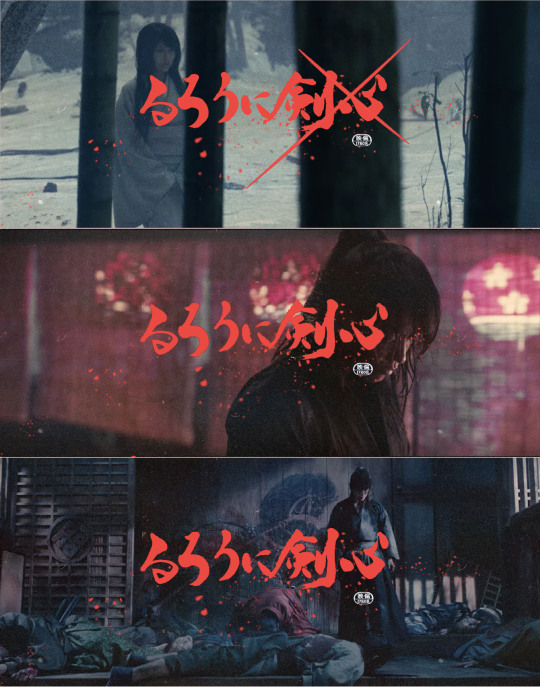
るろうに剣心 The Beginning (2021)
Directed by Keishi Ohtomo
Cinematography Takuro Ishizaka
(Just a 70's chambara style design test)
6 notes
·
View notes
Photo

😩🌾
#るろうに剣心#るろうに剣心最終章#rkla2021#Rurouni Kenshin#Rurouni Kenshin live action#takeru satoh#Keishi Ohtomo#filmjapan#movies#samurai#netflix#佐藤健#有村架純
26 notes
·
View notes
Photo

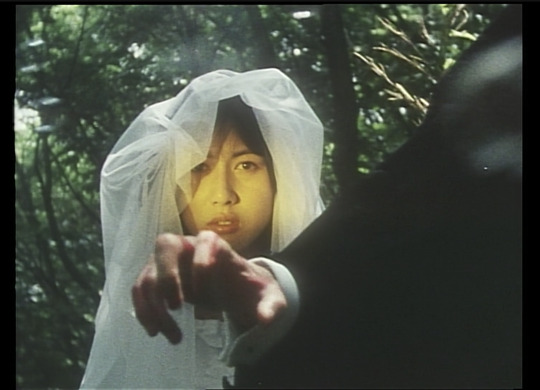


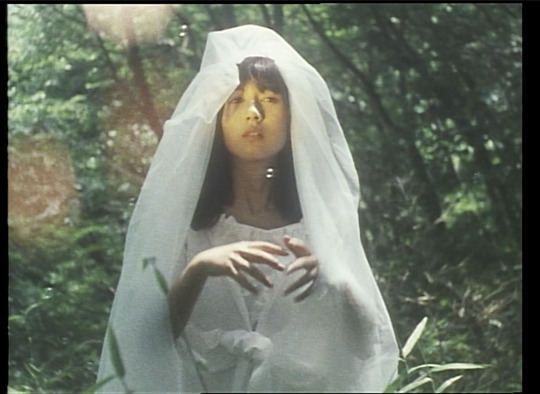

‘EMOTION 伝説の午後=いつか見たドラキュラ’
1966 | Nobuhiko Ōbayashi
4 notes
·
View notes
Photo

8.2.21 ‘RUROUNI KENSHIN THE BEGINNING’ KEISHI OHTOMO
Review: A star-crossed love drawn in blood
Rurouni Kenshin: The Beginning is the conclusive prequel that sees director Keishi Ohtomo return in his adaptation of the 1999 iconic OVA Samurai X: Trust and Betrayal. With this last release, The Beginning lays a foundation for Himura Kenshin’s story for the entire series. While this film functions as a prequel to the main Rurouni Kenshin franchise, it’s also a self contained narrative detailing the past of Kenshin, seen here as Battōsai The Manslayer, and is intrinsically tied to the narrative of the film’s co-star, Kasumi Arimura as Tomoe, and her brother Enishi, the antagonist of The Final released earlier in 2021. The Beginning is one of the most beautiful and raw genre films recently released. To declare that the film is a definitive “best anime adaptation” does a disservice to its caliber as a work of cinema. However, as a work adapted from manga and anime, a format often mired with struggle adapting to film, The Beginning is a shining example and one that may even improve upon a most beloved source material.
Over the last decade, the Rurouni Kenshin series has been praised for its heightened realism and exaggerated fantastical approach. These elements set them apart from the modern repertoire of Chambara and Jidaigeki costume drama. This, in tandem with action director Kenji Tanigaki, a protégé of Donnie Yen’s since the 90s, creates an innovative marriage of Wuxia, Japanese style swordsmanship and Hong Kong style action. The Beginning, however, is a tonally different film from the rest of the franchise. It keeps the fast, gritty pace of Hong Kong action cinema while balancing Shakespearean drama, feverish action and political intrigue. It prioritizes accessibility without contrivance or need for knowledge in Japanese politics or culture. You also don’t need to know anything about Rurouni Kenshin to view this film as its own isolated tragedy.Set ten years before Rurouni Kenshin: Origins (2012), Himura Kenshin works as a political assassin for the Choshu, a group of Anti-Shogunate revolutionaries, working to overthrow the Shogun and bring upon the Meiji Restoration. An era of brutality and unrest, the visual language of the entire film articulates this with muted earth tones and frigid blues. There is far less vibrancy here compared to the other films, suitable for a world with very little color or levity, conveying Kenshin’s psychology as he becomes entrenched in war. Kenshin appears here as a reaper, donned in black through most of the film, emblematic of his anonymous moniker as Battosai, supported by lead actor Takeru Satoh with a performance that is a dark mirror to his presence as Kenshin in years past. That is until the film’s climax, where he’s cast in white representing atonement, paralleling Tomoe Yukishiro’s appearance, and her influence inciting his transformation into the pacifistic vagrant he would become.
Through costuming, art direction, and performance, the film deftly explores the grey area of morality in each of its characters, and much of that color is exhaled by Tomoe, whose mysterious story is slowly unfurled. They present her as a character Kenshin perceives with a pure, phantasmal presence in contrast to the horrors of war around him. Kenshin spends his nights weaving through Kyoto’s underworld, slaughtering figureheads of the Shogunate, as he moves with greater ferocity than we’ve seen before. His only trace is the sheer carnage, striking tableaus, and a leaflet with a symbol that reads “Justification for Execution.” He’s an emotionless husk throughout this civil war, recruited at a young age by Choshu. He remains in a perpetual state of dissociation in light of the death he brings nightly for the sake of peace. As a result, he withdraws from his colleagues in the rebellion and becomes a recluse. Lead actor Takeru Satoh’s depressive, slight figure as Battosai is a phenomenal articulation of the character and his psychology and shows the adeptness he can maintain with the origins of a character he has played on camera for a decade.

The duality of Kenshin and his fictionalized dissociative personality disorder has never been more prevalent than it is in The Beginning. As he wields a sword like a frenzied demon in the streets of Kyoto, his disposition subsequently softens and mellows into a domestic life with Tomoe following a pivotal midpoint. Satoh and Arimuras’ delicate chemistry is conveyed through their lingering gazes and body language, elevated by a gorgeous, meditative atmosphere that permeates the film’s rich sense of place and artistry. Kenshin and Tomoe are extensions of one another in how love and hate are two sides of the same coin: Kenshin is consumed only by death, and Tomoe, lamenting a lost love through an obsessive desire for revenge. It leaves them as two shattered souls, once idealistic, now living in ghostly, broken hearted contradiction. It’s a tragic, tender dynamic that fills the air with a sadness so profound, and is juxtaposed with the frenetic and crisp choreography that maneuvers like bloody poetry.
The film’s climax that results from this story is a stunning cinematic foil to the third act of The Final. Where the duel between Enishi and Kenshin pulls out all the stops in what you’d come to expect from the last act to a Rurouni Kenshin film, the climax to The Beginning is a near silent contrast. It’s the bitter torment and deterioration of Battōsai The Manslayer, dehumanizing him until his only remaining senses are the touch of snow on his skin and the lingering smell of blood. The choreography in this final sequence takes a minimalist approach to increase the weight of its emotional impact. Instead of being comparable to traditional manga and anime, these sequences emulate the works of Akira Kurosawa and the Chambara genre. This finale evokes a similarity to the choreography of Rashōmon, where two vulnerable men desperately cling to life while attempting to slay one another, without grace or dexterity, but clamoring for survival. It’s a brilliant, necessary deviation from the climaxes of the films that came before it.
Rurouni Kenshin: The Beginning is a harrowingly gorgeous film about an ephemeral love splintered by the times. It’s one that can be experienced isolated or in the context of the other films in the series, and its themes are conveyed beautifully in either case. As the ten year culmination in a series of films that ultimately discloses everything about Rurouni Kenshin, not only is it of supreme, self-contained caliber in its own right, it further illuminates the quality and narrative retroactively to this film’s predecessors.
Rurouni Kenshin: The Beginning is now streaming on Netflix worldwide.
Written for TheYoungFolks.com ー
‘Rurouni Kenshin: The Beginning’ review: A star-crossed love drawn in blood

#るろうに剣心 最終章 the beginning#rurouni kenshin live action#Rurouni Kenshin#rkla2021#takeru satoh#keishi ohtomo#filmjapan#movies#samurai#netflix
63 notes
·
View notes
Photo




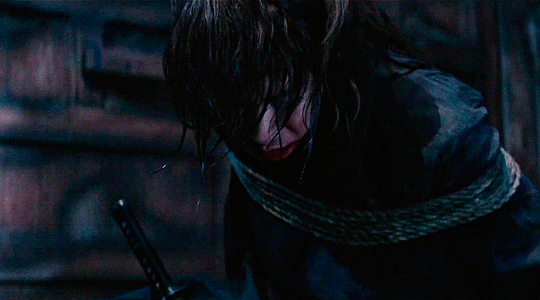
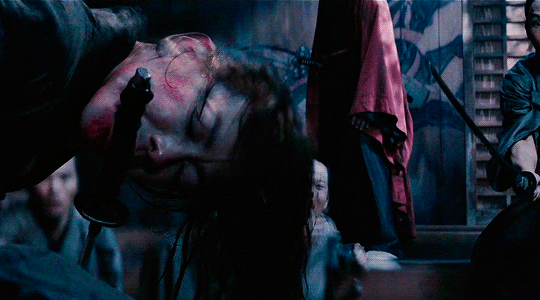


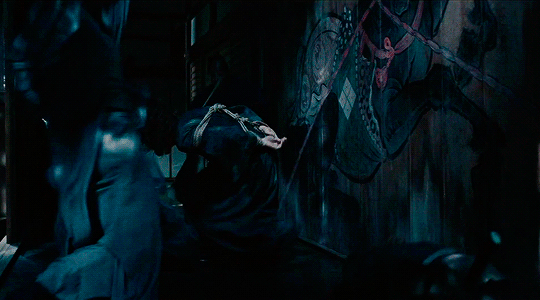
A Demon! It’s a Demon!
Rurouni Kenshin: The Begginning
228 notes
·
View notes
Photo
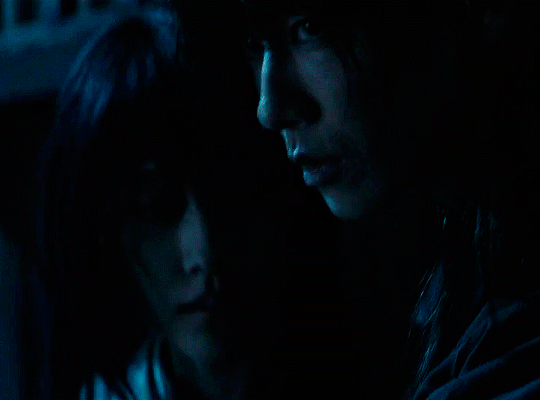



Tomoe… the happiness you’ve lost once, you will never lose again.
Rurouni Kenshin: The Beginning
397 notes
·
View notes
Photo




Tomoe… the happiness you’ve lost once, you will never lose again.
Rurouni Kenshin: The Beginning
397 notes
·
View notes
Text
Can’t wait for your impressions ~
The first 5 minutes of The Beginning had my jaw on the floor. Holy shit.
4 notes
·
View notes
Text




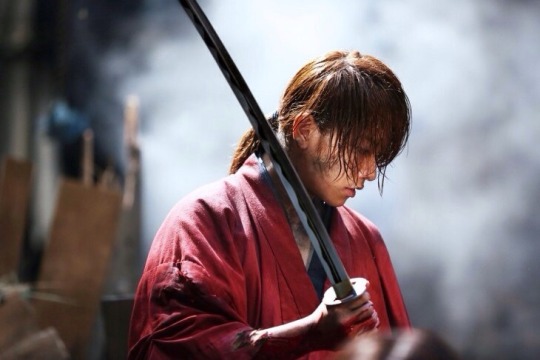
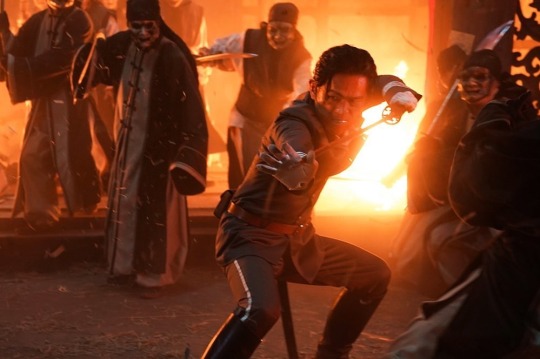
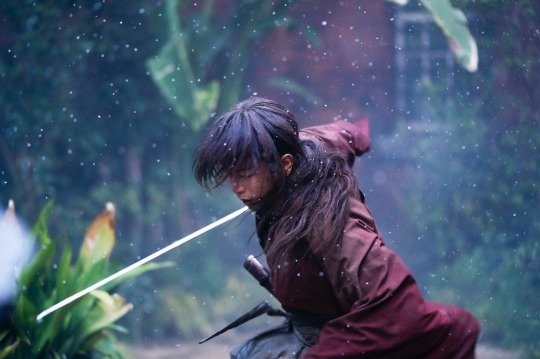



Takeru Satoh as Kenshin Himura
Yousuke Eguchi as Hajime Saito
101 notes
·
View notes
Text
I missed your comments on these films - looking forward to all your future thoughts and analysis’ :)
Also you should totally share your thoughts with the team over at r/rurounikenshin too ~
Quick thoughts on RK The Final
I see a lot of people posting their thoughts on the Final and expressing their disappointment for the film so I thought I’d share my opinion briefly and and some news.
I distanced myself from RK for the better part of 5 years, and I think it’s time to come back to it because, despite the author’s atrocious acts that should rightfully be condemned, working in image capture has really altered my perspective on the vision and integrity of the filmmakers, and I have some deep thoughts on Otomo’s interpretation of the Jinchuu arc and I want to write about it while distancing myself as far as possible from Watsuki.
THAT SAID. The film is amazing, easily the best made RK film by a landslide so far (not counting the Beginning yet as I haven’t seen it), and I have many thoughts on the actual handling of the arc and some grievances with the fandom that perhaps I can clear up. I’m going to rewatch it this weekend properly with a friend to get her perspective, I’m going to take some notes, and I’m going to do a proper write up on why I think a majority of the fandom doesn’t quite know how to adequately engage with this film.
I have chosen violence.
I am thinking I’m back.
18 notes
·
View notes
Photo
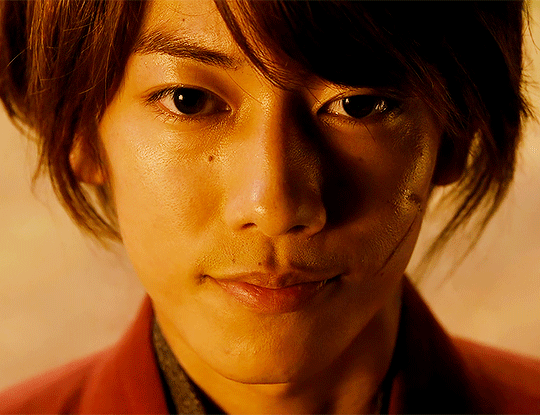
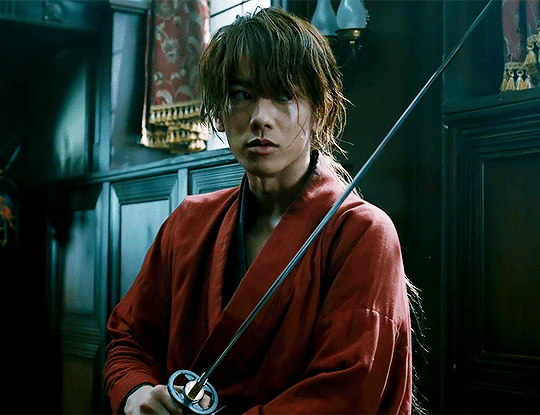
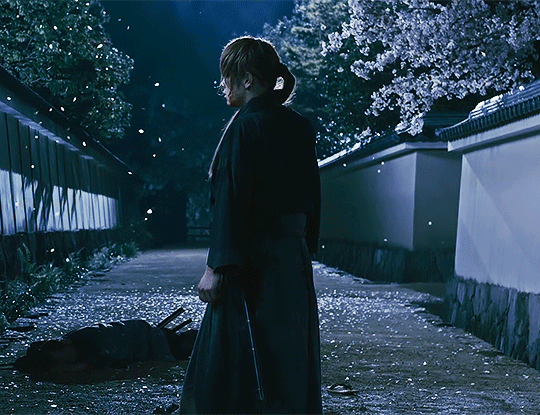


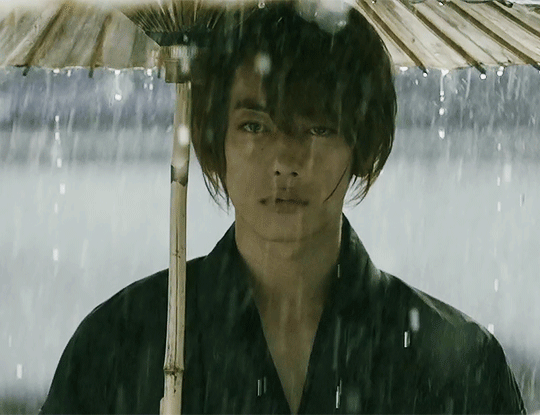
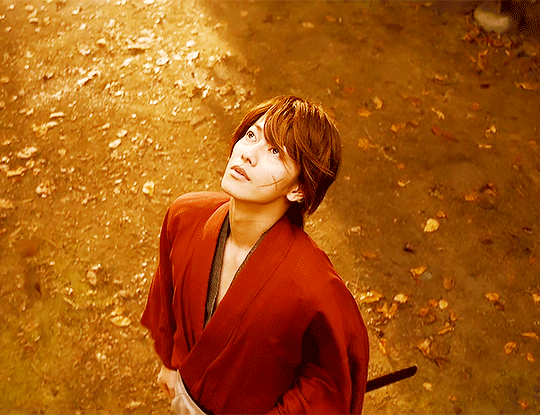


Live by the sword, die by the sword.
Rurouni Kenshin: Origins (2012) dir. Otomo Keishi
NOTE: Follow @mangaliveactiongifs for your daily dose of manga live action gifs.
852 notes
·
View notes
